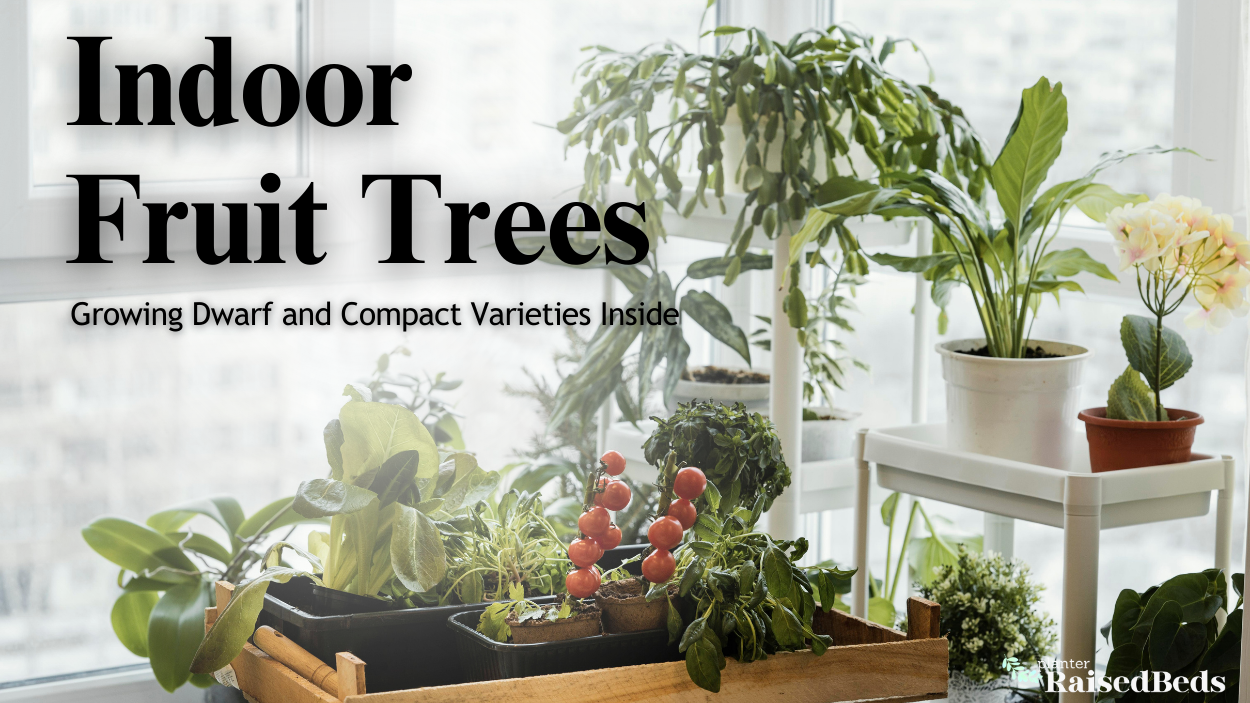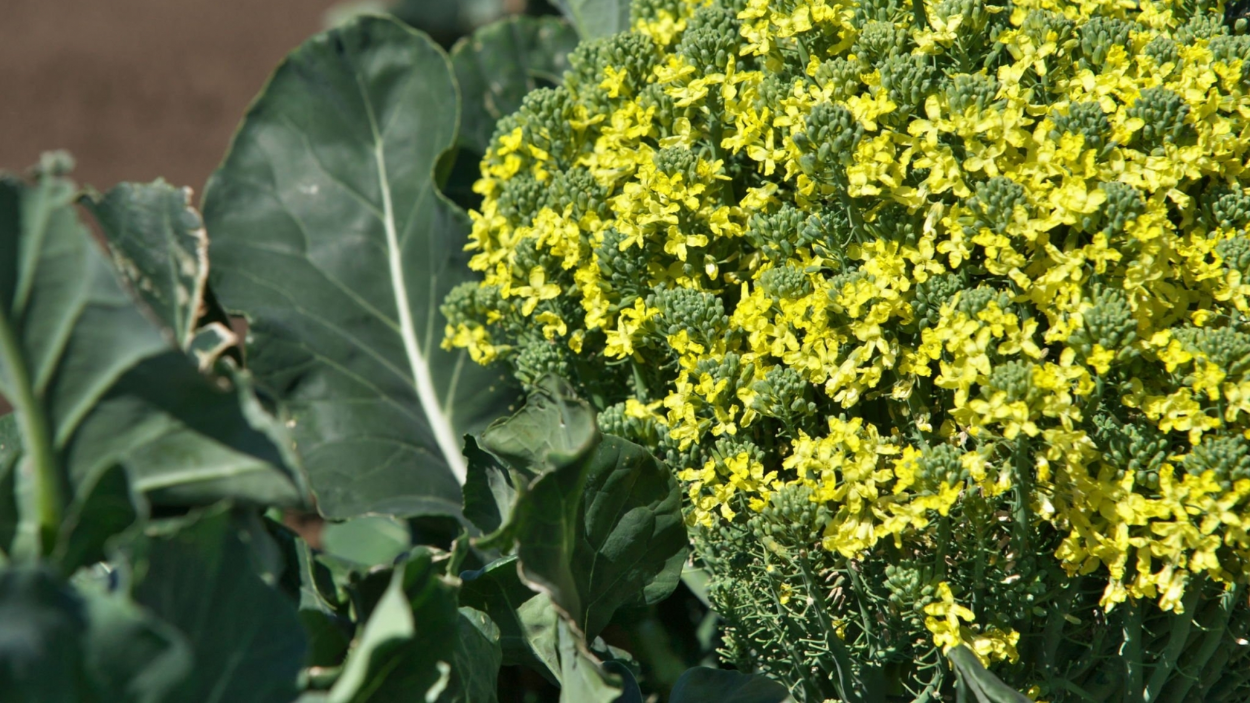Even if you don't have access to outside space, growing fruit trees indoors is a terrific way to have access to fresh fruit all year long. For people who live in colder areas or who want to cultivate fruit trees in limited locations, indoor fruit trees are a fantastic alternative. We'll examine indoor fruit trees in more detail in this post, including which types are most suitable for indoor cultivation and how to take care of them.
Benefits of Indoor Fruit Tree Cultivation
Growing fruit trees indoors offers several advantages. You may enjoy seasonal fresh fruit all year long if you have indoor fruit trees because they can produce fruit all year long. They can be grown in containers, which makes them a fantastic option for people who live in apartments or condos, have limited outside areas, or both.
You don't have to worry about going outside to collect fruit or dealing with the weather when you have indoor fruit trees. You can easily gather fresh fruit close to your house. By minimizing the amount of transportation needed for store-bought produce, growing your fruit can help you reduce your carbon footprint. A healthy diet should include fresh fruit, and producing your fruit can guarantee that you have access to this fresh, nutrient-rich stuff.
How Can I Ensure my Indoor Fruit Trees Get Enough Light?
Indoor fruit trees require adequate light to grow and produce fruit. Here are some tips to ensure your indoor fruit trees get enough light:
Choose the right location: Put your fruit tree in a spot with at least 6 to 8 hours a day of bright, indirect sunshine. Ideal locations include rooms with south-facing windows or lots of natural light.
Use grow lights: Grow lights can be used to supplement natural light if your indoor space does not receive enough of it. Given that they offer the proper spectrum of light for plant growth, LED growth lights are a fantastic alternative for indoor fruit trees.
Rotate the tree: Rotate the tree occasionally to make sure that all of its components get enough light. Additionally, this will stop the tree from becoming unbalanced.
Prune the tree: Making ensuring your indoor fruit tree receives enough light can be achieved by pruning the tree. Eliminate any branches that are unhealthy, dead, or that are obstructing light from reaching other areas of the tree.
Indoor Fruit Trees
Indoor fruit trees are typically smaller than their outdoor counterparts, making them well-suited for indoor growing. Here are some of the most popular types of indoor fruit trees:
Citrus Trees: Lemon, lime, and orange trees are common options for the indoor growth of citrus trees. These trees are small in stature and, under the correct circumstances, can bear fruit all year long.
Fig Trees: Fig trees are another popular choice for indoor growing. These trees have a long growing season and can produce a large harvest of sweet, juicy figs.
Dwarf Apple Trees: Small trees called dwarf apple trees can be cultivated indoors in pots. Under the correct circumstances, these trees can produce a crop of crisp, delicious apples.
Peach Trees: Although they need a little more room and sunlight than other indoor fruit trees, peach trees can also be cultivated there. If the correct circumstances are present, these trees can produce a harvest of delicious, sweet peaches.
Avocado Trees: In warmer climates, avocado trees can be grown indoors. These trees may provide a harvest of creamy, delectable avocados, but they need plenty of sunlight and room.
What Kind of Soil Should I Use For My Indoor Fruit Tree?
The particular sort of fruit tree you are cultivating will determine the type of soil you should use for it. However, in general, fruit trees require a nutrient-rich, well-draining soil mixture. Peat moss, perlite, compost, or well-rotted manure can all be used in equal amounts to create a healthy soil mixture for fruit trees.
This mixture will preserve moisture and nutrients while also offering appropriate drainage. If more drainage is required, you can also add additional sand or vermiculite to the mixture. Researching the specific requirements of the fruit tree you are cultivating is a good idea because different fruit tree species may have varied soil requirements.
Final Thought
Even in cramped quarters or colder climates, indoor fruit trees are a fantastic option for people who wish to enjoy fresh fruit all year long. Your indoor fruit tree may provide a plentiful harvest of delectable fruit with the proper maintenance and conditions, whether you select a citrus tree, fig tree, dwarf apple tree, peach tree, or avocado tree. Why not try cultivating a fruit tree indoors today and delight in the flavor of seasonal, homegrown fruit all year long?




